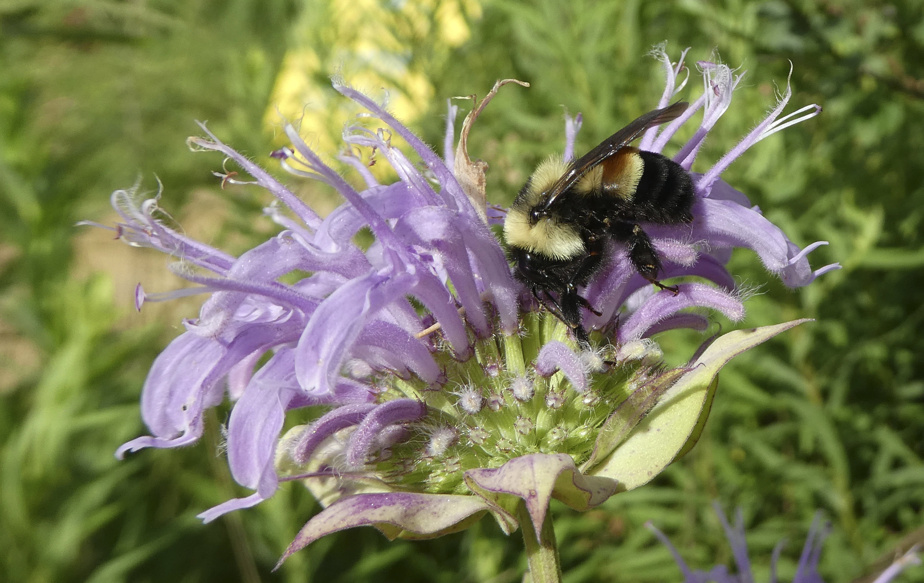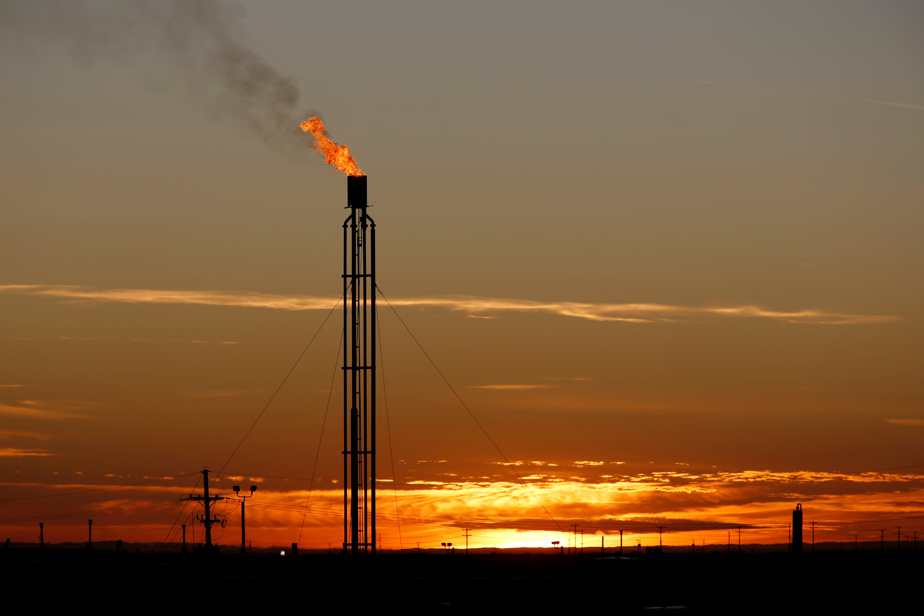Posted at 9:00 a.m.
Plus 5°C in the Mediterranean
A recent report by the Cyprus Institute, an NGO specializing in scientific research, predicts an increase in average temperatures of at least 5°C by the end of the century in the eastern Mediterranean and Middle East regions. . This is, at least, the scenario envisaged if the status quo is maintained. The report warns that rising temperatures, coupled with reduced rainfall, will lead to severe droughts in these regions, affecting millions of people while limiting access to clean water and food.
Quiz
How many hectares could disappear in the United States due to sea level rise?

PHOTO BY RYAN C. HERMENS, ASSOCIATED PRESS ARCHIVES
A road and a few buildings are submerged near Lost Creek, Ky., on July 28.
According to the calculations of a recent study conducted by the NGO Climate Central, the equivalent of 1.7 million hectares would be flooded by 2050. A proportion that would increase to 3.7 million hectares by 2100. By way of comparison, note that the area of the island of Montreal totals 48,000 hectares.
The number

STRINGER PHOTO, REUTERS
An American agency ensures the safety of workers in a context where the climate is warming.
705
This is the number of heat-related inspections that were conducted by the Occupational Safety and Health Administration in 45 US states between April and July. This agency, the equivalent of the CNESST in Quebec, conducted an average of only 200 inspections annually between 2015 and 2020. The agency’s budgets have increased to allow it to ensure the safety of workers in a context where the climate is warms up. Between 2011 and 2019, the US Department of Labor recorded 344 deaths and more than 22,000 heat-related injuries and illnesses.
Bumblebees threatened by early spring

PHOTO SARAH FOLTZ JORDAN, ASSOCIATED PRESS ARCHIVES
Bumblebees are the main pollinators of fruit and vegetable crops.
Are bumblebees that hibernate in winter threatened by the early arrival of spring? This is the question that two researchers from the University of Ottawa, Olga Koppel and Jeremy Kerr, tried to answer. Their study published in the journal Biological Conservation concludes that the awakening of bumblebees is not synchronized with the early arrival of spring. According to the researchers, a poorly timed awakening can make it more difficult to access food, an essential condition for ensuring their survival. Their study found a strong correlation between climate and variations in emergence from hibernation in 15 of 21 bumblebee species. Remember that bumblebees are the main pollinators of fruit and vegetable crops.
More methane in the atmosphere

PHOTO ANGUS MORDANT, REUTERS ARCHIVES
Methane is a much more potent greenhouse gas than carbon dioxide, although it has a much shorter lifespan.
According to the most recent survey from the National Oceanic and Atmospheric Administration, the concentration of methane in the atmosphere increased from 1891.62 to 1908.74 parts per billion (ppb) between May 2021 and May 2022. Recall that methane is a much more potent greenhouse gas than carbon dioxide, although it has a much shorter lifespan. Scientists have also noted a significant acceleration in the rise in methane levels in recent years. Around 100 countries pledged last year to reduce their methane emissions by 30% by 2030 compared to 2020 levels.

